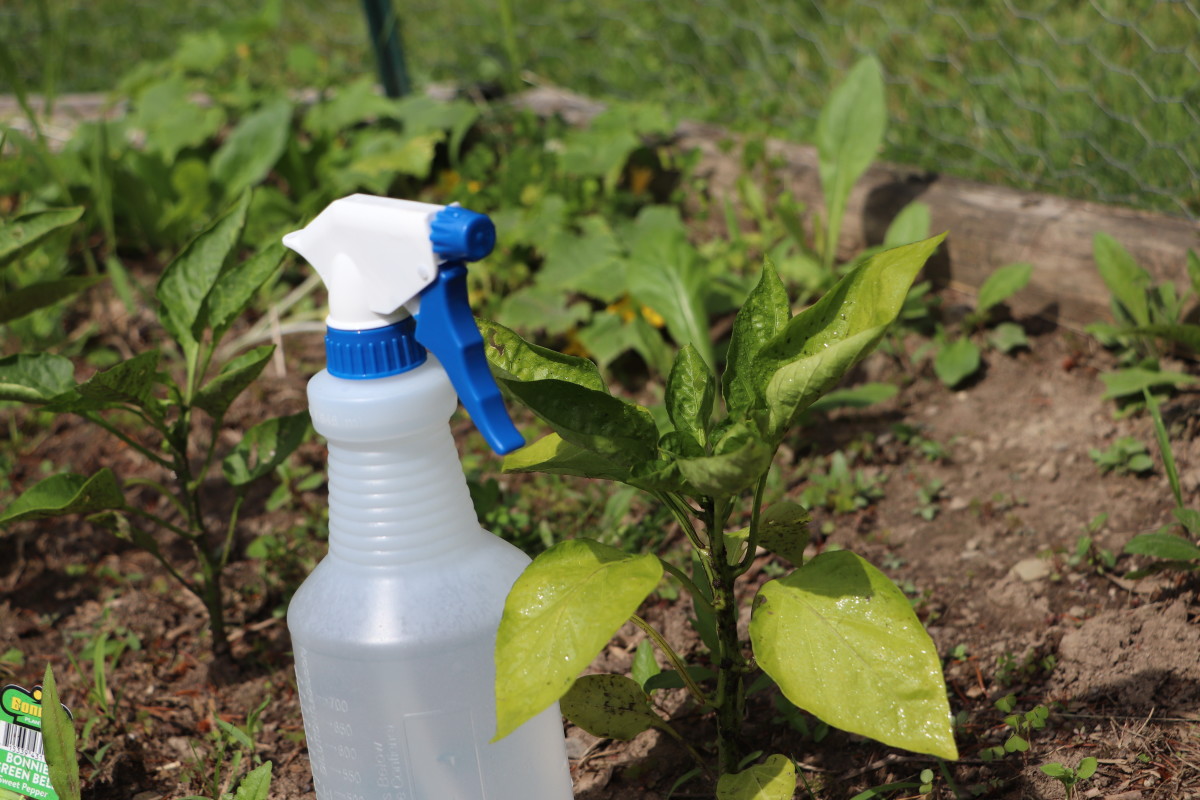What Plants Don't Like Epsom Salt? Tips for Better Plant Treatment
What Plants Don't Like Epsom Salt? Tips for Better Plant Treatment
Blog Article
Explore Why Some Plants Deny Epsom Salt as a Nutrient Source
In the complex globe of plant nourishment, the denial of Epsom salt as a feasible nutrient source by some plants poses a fascinating conundrum. Despite its abundant magnesium and sulfur content, certain plant types seem to reject this conveniently available substance. The reasons behind this careful behavior dig into an intricate interplay of plant absorption systems, the unique chemical framework of Epsom salt, and plant-specific nutrient choices. Understanding these aspects might lose light on the enigmas of why some plants pull out of utilizing this apparently helpful nutrient resource.
Plant Absorption Systems
In diving into the elaborate realm of plant absorption mechanisms, it becomes noticeable that the procedure is controlled by an innovative interaction of molecular paths and physical dynamics. Plants soak up nutrients primarily via their roots, making use of different transportation systems to uptake important elements such as nitrogen, phosphorus, potassium, and magnesium. Magnesium, a crucial component in chlorophyll synthesis and enzyme activation, plays an essential duty in plant development and advancement.
The absorption of magnesium involves a number of actions, starting with its schedule in the soil service. When dissolved, magnesium ions are used up by plant origins via particular transportation proteins installed in the cell membranes. These healthy proteins facilitate the motion of magnesium across the root cell wall surfaces and into the plant's vascular system, where it is after that dispersed to different cells to support numerous physiological features.
Comprehending the complex mechanisms behind magnesium absorption in plants clarifies just how this important nutrient adds to general plant health and performance. By maximizing magnesium uptake paths, cultivators can enhance plant yields and top quality, emphasizing the relevance of understanding plant absorption dynamics for lasting farming techniques.
Epsom Salt Chemical Framework
The chemical structure of Epsom salt, additionally recognized as magnesium sulfate heptahydrate, exposes an unique setup of aspects that contribute to its one-of-a-kind buildings and applications. The seven water molecules are freely bonded to the magnesium sulfate compound, allowing it to liquify easily in water and be easily taken up by plants with their origins.
The crystal structure of Epsom salt develops monoclinic prisms, which are elongated crystals with identical ends. This crystal form influences the physical residential properties of Epsom salt, such as its structure and solubility. Comprehending the chemical structure of Epsom salt is critical for comprehending its actions as a nutrient resource and its communications with plants in agricultural and horticultural methods.
Plant-Specific Nutrient Preferences
Plants show distinctive choices for details nutrients, stressing the significance of understanding their private requirements for ideal development and development. Understanding these plant-specific nutrient choices is vital for making the most of plant yields, improving ornamental plant growth, and advertising total plant wellness.

Plant-specific nutrient preferences can also vary based on whether the plant is a monocot or dicot. Monocots, such as lilies and yards, have various nutrient requirements contrasted to dicots like roses and tomatoes. Furthermore, particular plants may show specific shortages or toxicities when exposed to inadequate or excess levels of certain nutrients. By tailoring nutrient supplementation to satisfy the exact demands of each plant varieties, farmers can maximize plant development, minimize nutrient waste, and assistance sustainable farming practices.

Soil Ph and Nutrient Uptake
Offered the essential duty of plant-specific nutrient preferences in maximizing growth and health, comprehending the connection between dirt pH and nutrient uptake becomes vital. Soil pH plays an important check out this site duty in determining the availability of essential nutrients for plant uptake. Different plants have differing pH choices for optimum nutrient absorption. Acidic soils with a lower pH are positive for plants like azaleas and blueberries, while alkaline soils with a higher pH match plants such as lilacs and clematis.
On the various other hand, alkaline dirts might restrict the accessibility of nutrients like zinc, copper, and iron, influencing plant development. Maintaining the proper pH level in the soil is vital for making sure that plants can successfully uptake the required nutrients for their healthy advancement and efficiency.
Genetic Consider Nutrient Uptake
In the world of plant nutrition, the interaction of genetic factors significantly you can look here influences the uptake of crucial nutrients crucial for plant growth and development. Hereditary aspects play a crucial function in forming a plant's capacity to absorb and utilize nutrients efficiently.
Additionally, hereditary elements likewise determine the effectiveness of nutrient uptake devices within plants. For example, some plants might have hereditary qualities that boost their capability to feed on nutrients from the soil successfully, providing a competitive advantage in nutrient-poor atmospheres. On the other hand, hereditary variations can additionally bring about constraints in nutrient uptake, making sure plants extra susceptible to deficiencies even when nutrients are bountiful in the soil.
Understanding exactly how hereditary variables affect nutrient uptake is vital for developing techniques to maximize plant nourishment and this link enhance crop productivity in different agricultural settings. By untangling the genetic mechanisms included in nutrient uptake, scientists can function in the direction of creating genetically enhanced plant selections with enhanced vitamins and mineral procurement abilities.
Final Thought

In the complex globe of plant nourishment, the rejection of Epsom salt as a viable nutrient resource by some plants postures a fascinating conundrum. what plants don't like epsom salt. Comprehending these plant-specific nutrient choices is vital for maximizing plant yields, enhancing decorative plant development, and promoting overall plant health and wellness
By tailoring nutrient supplementation to meet the specific needs of each plant species, cultivators can maximize plant development, reduce nutrition waste, and support lasting farming techniques.
In the realm of plant nutrition, the interaction of hereditary factors significantly influences the uptake of crucial nutrients essential for plant growth and advancement. Comprehending these complexities in plant nutrient uptake is important for enhancing plant development and wellness in agricultural methods.
Report this page